|
Following a full day and night of train travel on our way through Zimbabwe, we were looking forward to an excursion into the countryside. We started with a hearty breakfast at 7:00am in the dining car and at 9:00am left the train at the Oreti Siding and boarded our bus for the drive to the Great Zimbabwe Monument. Today’s drive was just over an hour long, but the time passed quickly as we sped through the impressive granite hill country in South Central Zimbabwe as our guide PJ, described some aspects of life and conditions in Zimbabwe. Zimbabwe is comprised of 10 provinces and has a total population of just over 16 million. Harare, with a population of 1.4 million, is the capital of Zimbabwe and lies in the north west part. At the time we were visiting Zimbabwe, there was a travel alert for Harare due to the disputed election results that had taken place in July. Protests and rioting were prevalent in the capital and fortunately for us, Harare was not on our itinerary. The majority of the people, nearly 85%, are Christian while approximately 14% follow African traditional religions and the remaining 1% are Muslim. As a result of the British education system that had been established during colonial times, there is a 90% literacy rate in Zimbabwe, which is one of the highest in all of Africa. One of the most disturbing statistics that PJ provided was that the life expectancy in Zimbabwe is only 49 years. Life expectancy is actually declining in Zimbabwe primarily due to the rise in poverty, economic crisis and organized violence perpetrated by government. It is hard to imagine that a country that was once rich in natural resources like gold and diamonds could have such a devasting economic outlook. It is estimated that it will cost about 30 billion USD to revitalize Zimbabwe’s infrastructure. Listening to PJ describe the socio-economic conditions as we travelled through the stunning landscape toward the Great Zimbabwe Ruins seemed surreal. After all, the Great Zimbabwe Monument and the surrounding area was where ancient people lived and mined gold and silver. It is the legendary location of King Solomon’s Mines that brings forth images of wealth and prosperity. The ruins themselves are a hugely celebrated monument which is the largest precolonial monument south of the Egyptian pyramids. It is situated on the southeastern edge of the central plateau and is an ancient city built by the Rozwi people. We arrived at the entrance to the ruins shortly after 10:00 AM. The sun was already getting high in the sky and we could feel that this was going to be a scorcher of a day. As we gathered in preparation for our climb to the top of the monument, we were divided into 2 groups. One group would take a minibus around the ruins and meet the remainder of the group at the lodge for lunch. The other group would walk up the ancient steps that wound up and around the ruins to the top of city. Needless to say we joined the second group. The climb was steep and the footing on the ancient steps was sometimes unsteady. The path wound in and around a mountain of granite. At times, the granite walls formed narrow halls that we had to squeeze past in order to make our way through. We took several breaks on the arduous climb, but the end result was well worth it. We arrived at the top and wandered around the various stone rooms of the ancient city. This was where the king lived. The view from the top was breathtaking. In the distance was another ancient walled village made of stone. While the king lived in the ancient city on top of the mountain, his wives and children lived in the village below. As we started back down the mountain on the opposite side from where we came up our guide pointed out a concave hollow in the mountain facing the village below. Our guide explained that if you stood in the hollow and spoke very loudly, the sound carried all the way down to the village below. The hollowed cave acted like a natural megaphone. It was here that the king would stand and shout down to summon one of his wives when he wanted companionship. It took nearly 2 hours for us to walk up to the ancient city and make our way back down to the walled village where the kings family and people lived. As we entered the village, there was a grouping of several rectangular shaped stones in a large open area. In ancient times, this served as a sundial for the people of the village. After our walk around the village we visited the museum on the way back to the entrance to the ruins. The museum contains a variety of artifacts including pottery, art, spearheads and jewellry that help to portray how the Rozwi lived. Following our tour of the museum, we re-boarded our bus and drove about 10 minutes to the Great Zimbabwe lodge where we were welcomed to a grand outdoor buffet on the grounds in front of the lodge. We found a table that was partly shaded by a massive oak tree and after a filling lunch we changed into our swim suits (or bathers, as our Tasmanian friends referred to them), and enjoyed a refreshing swim in the outdoor pool. It was nearly 3:00pm by the time we left the lodge and we arrived back at Oreti Siding just in time for afternoon tea (or for us, afternoon G & T)! As we settled into the observation car, the train started up and began its trek to our next destination - Somabhula.
If you are considering visiting Zimbabwe, please contact us for expert advice and assistance. Continue to Day 14 - click here
0 Comments
Your comment will be posted after it is approved.
Leave a Reply. |
Sharing Our Travel DreamsSharing our personal experiences onboard and on the road, along with tips and insight for creating memorable vacations. Archives
March 2021
Categories
All
|
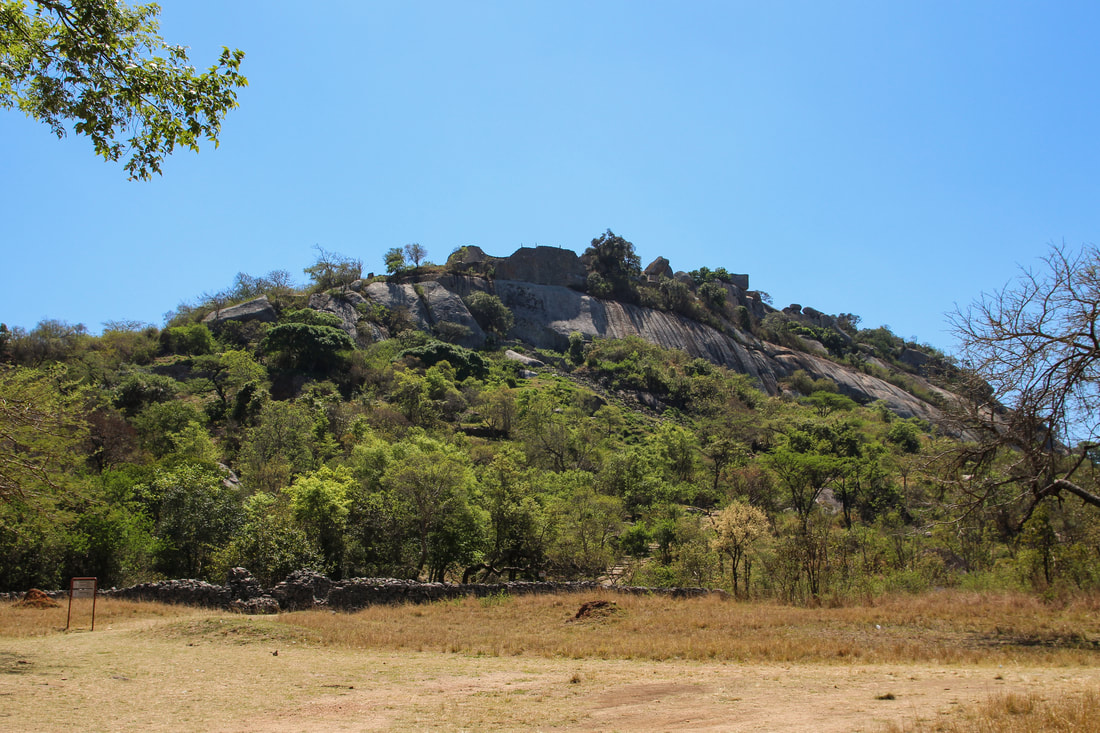
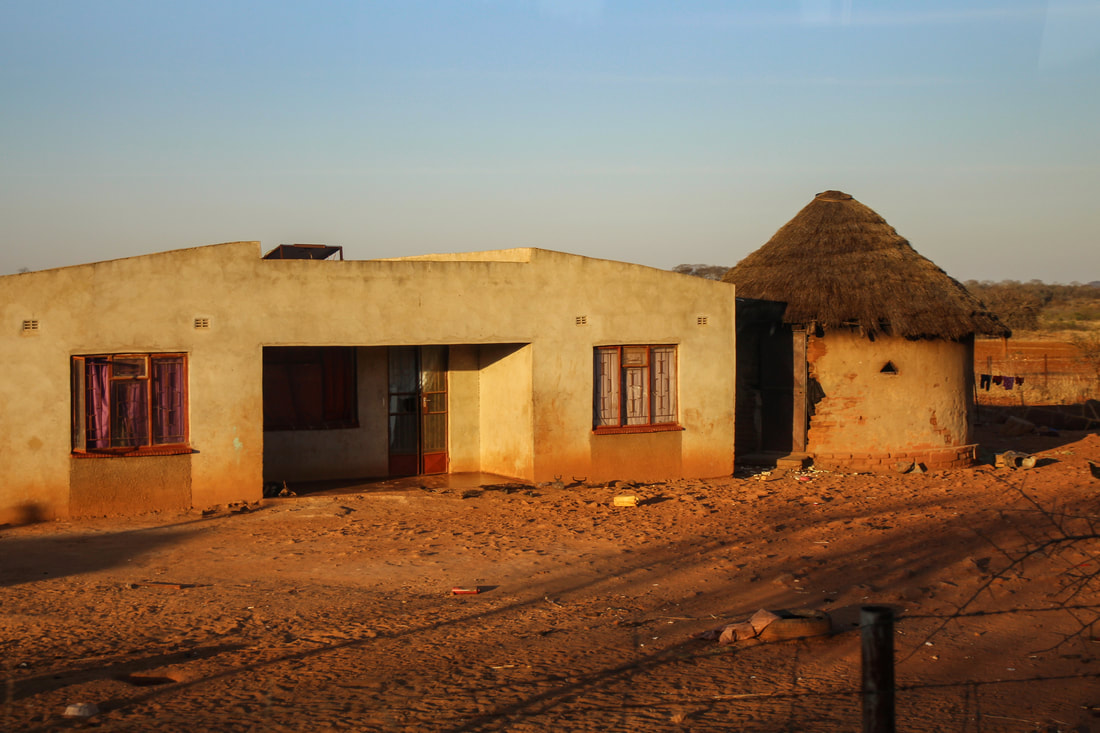
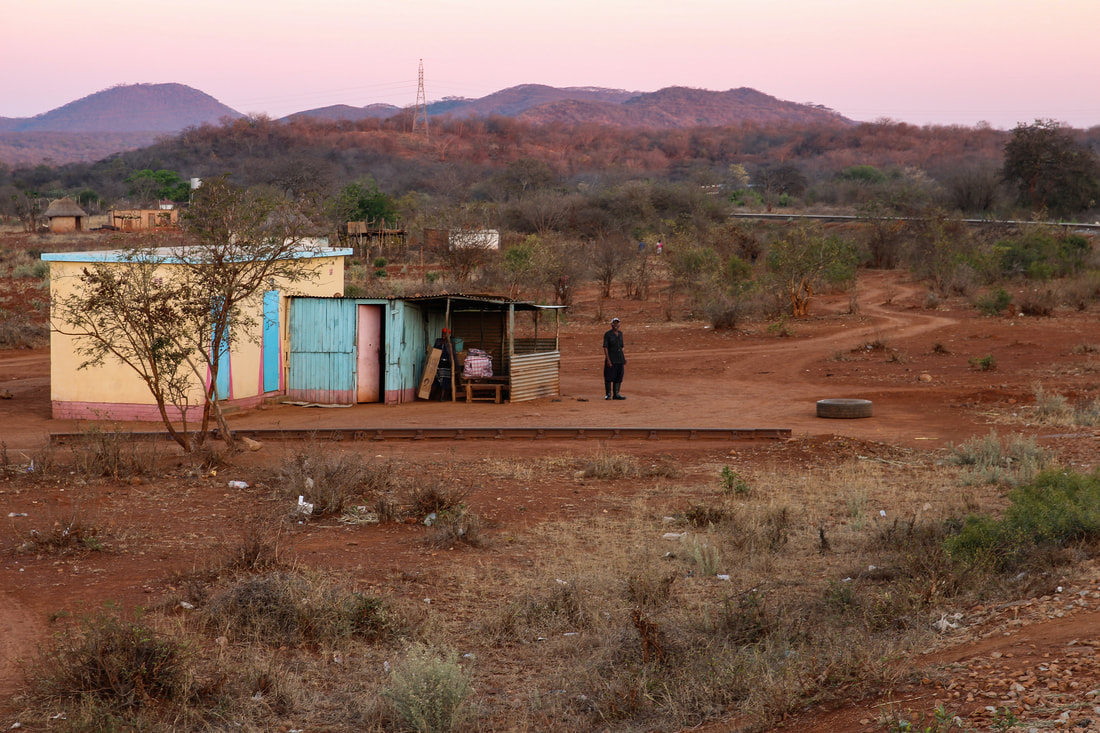
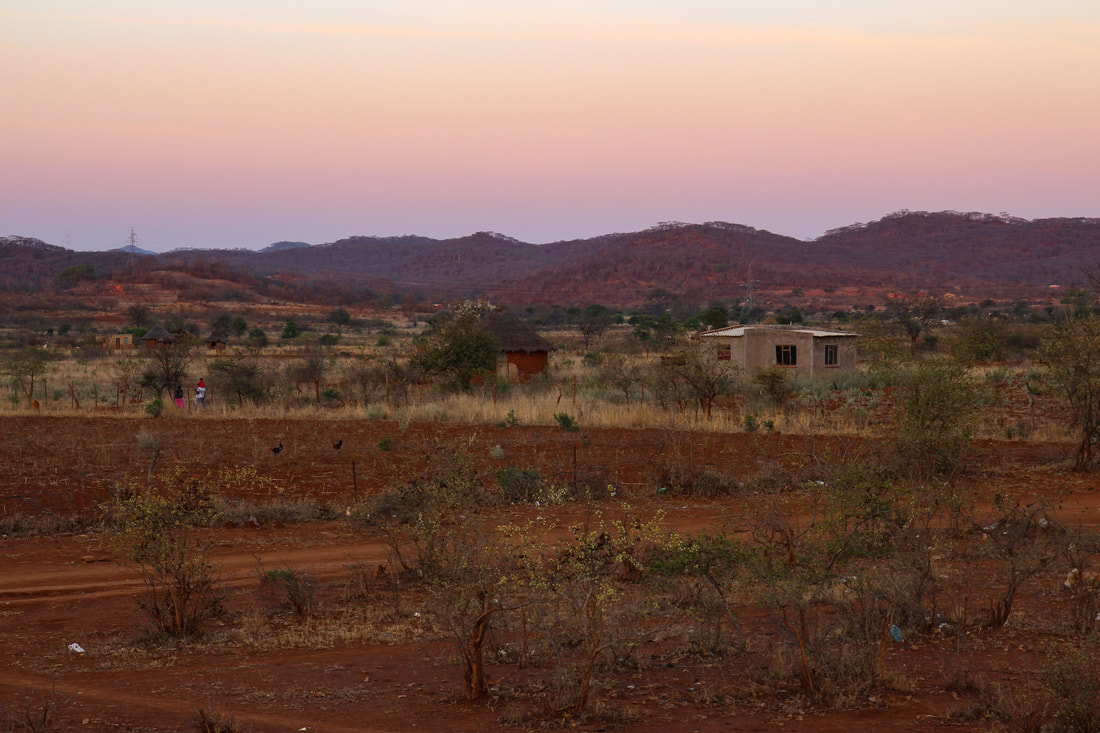
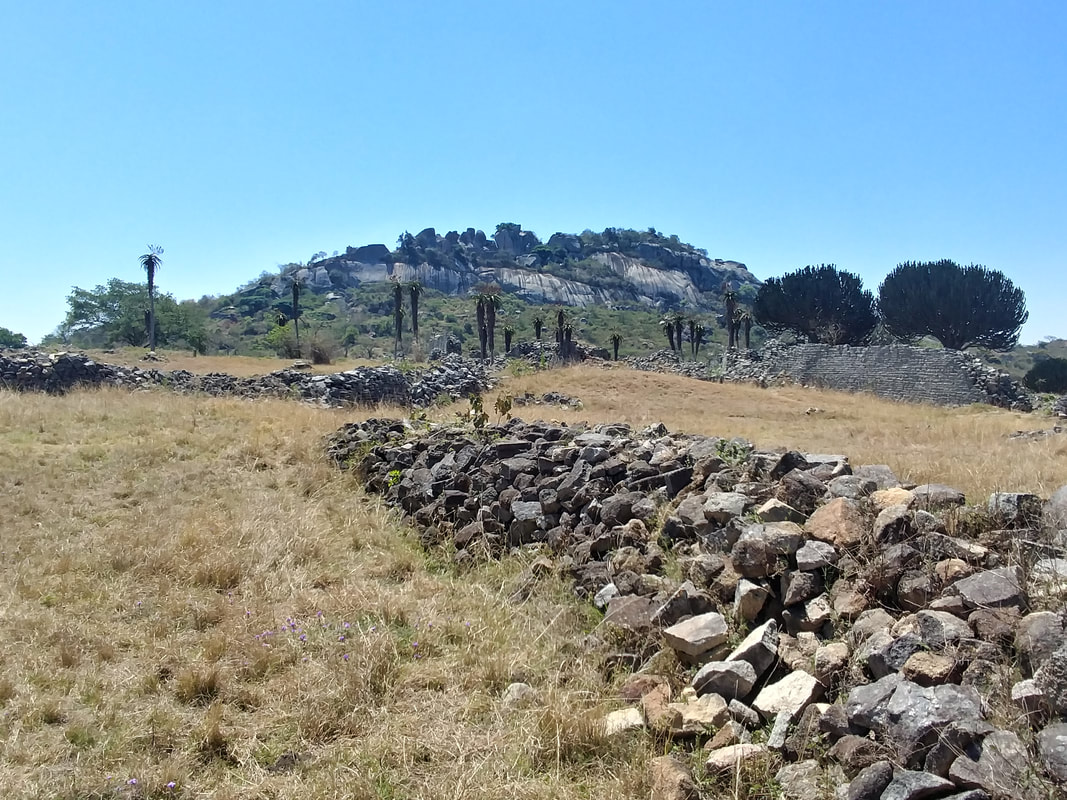
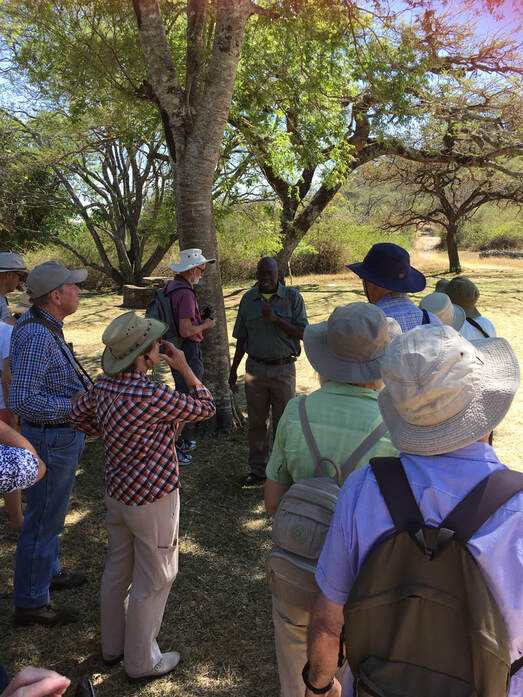
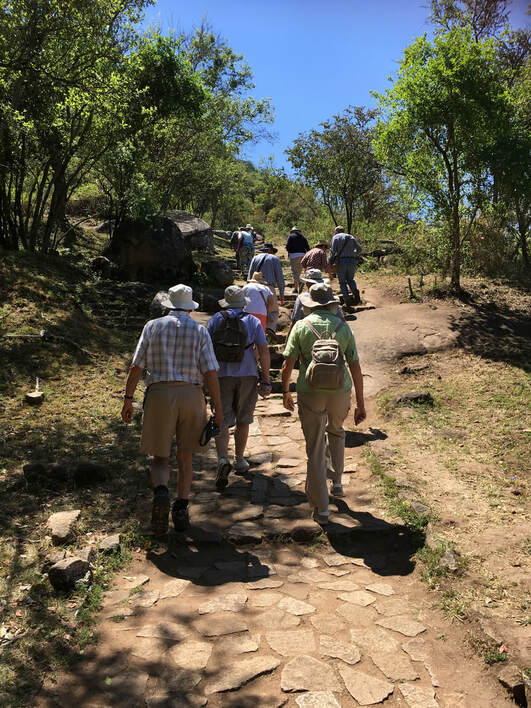
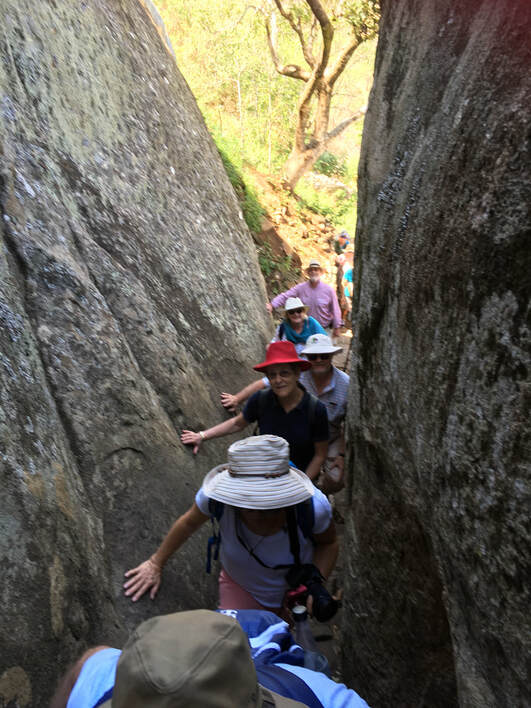
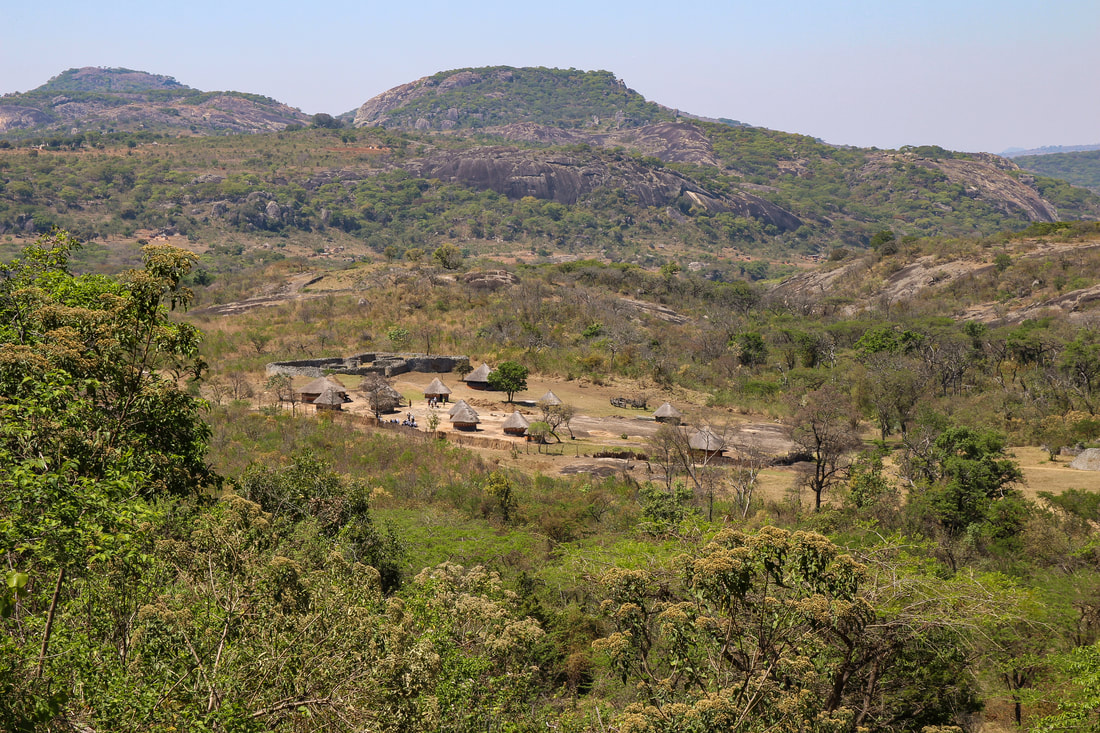
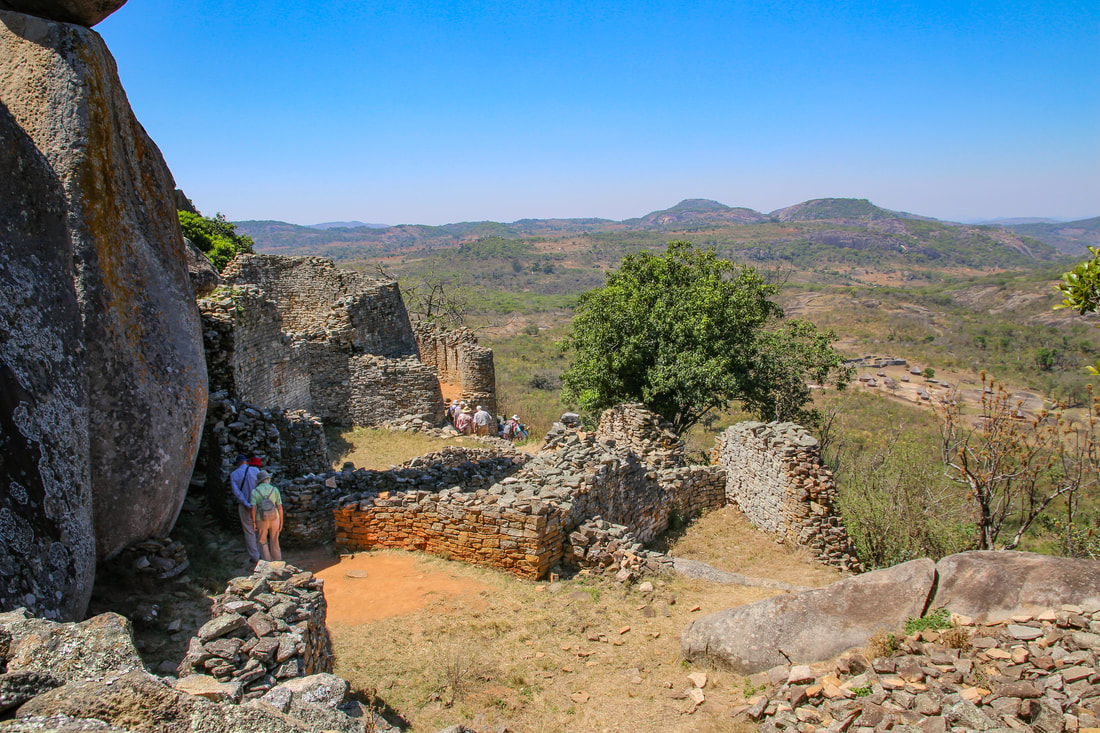
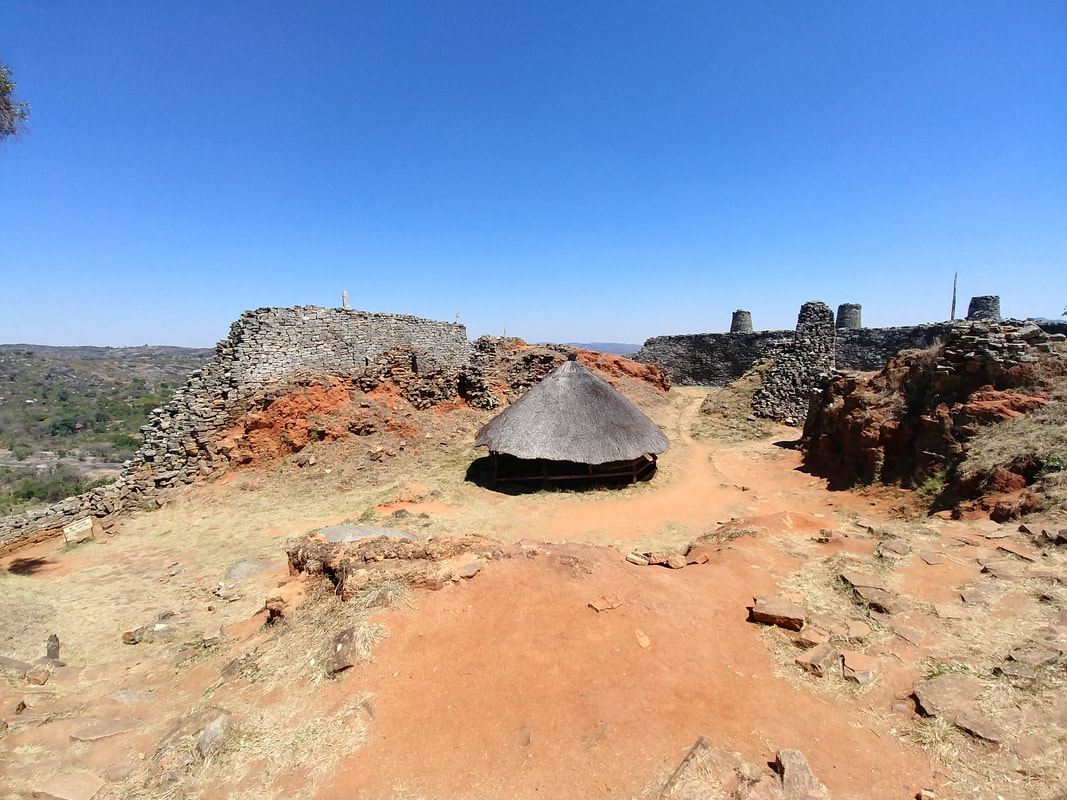
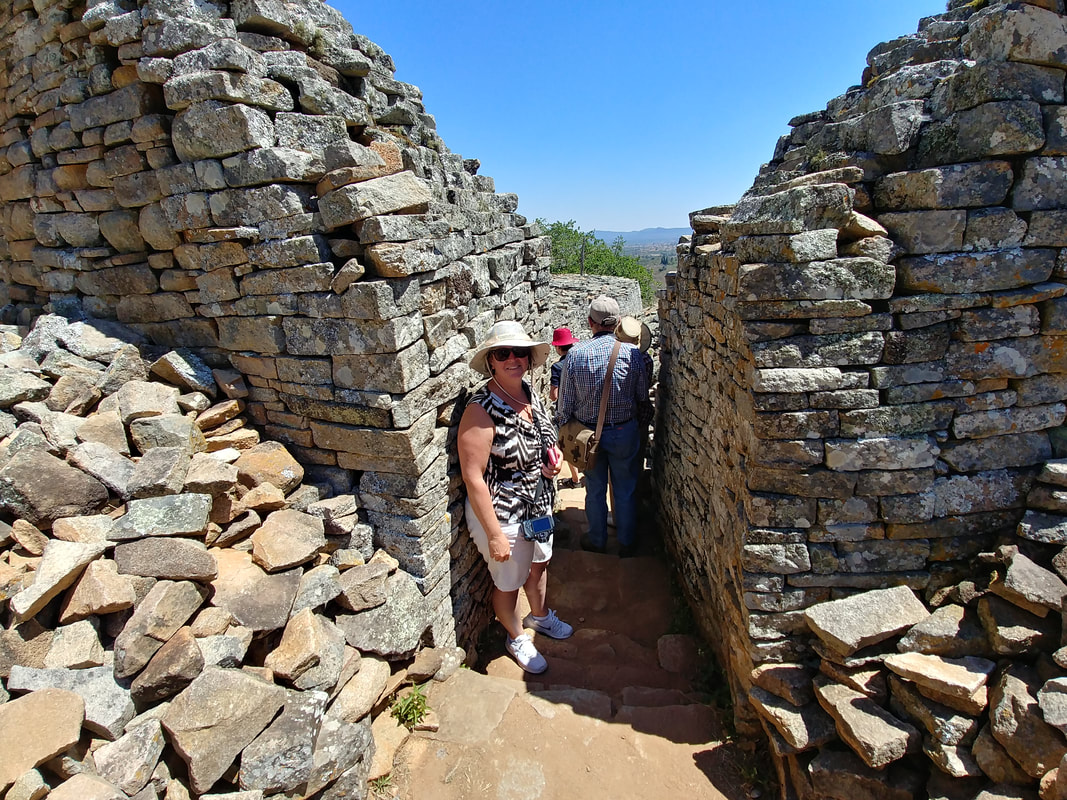
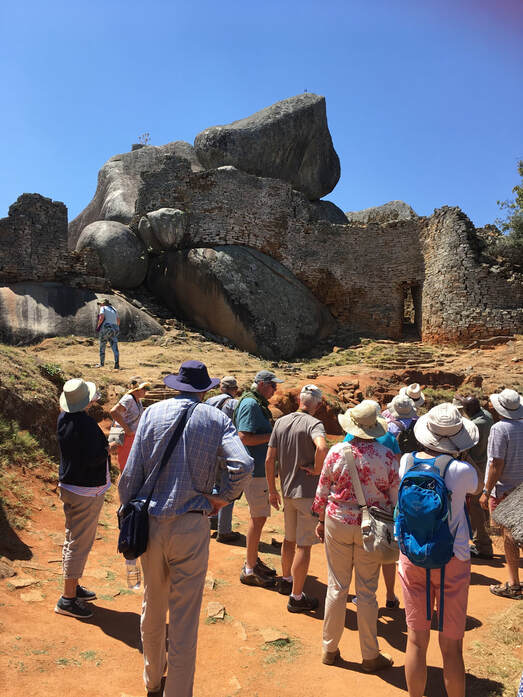
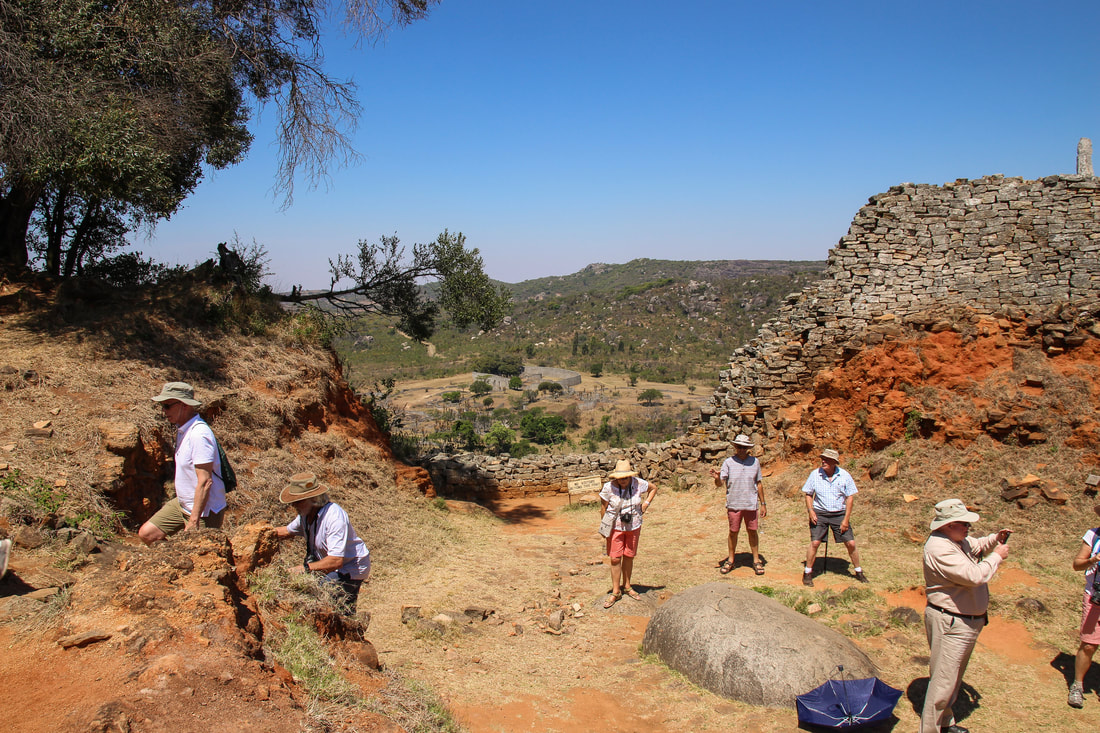
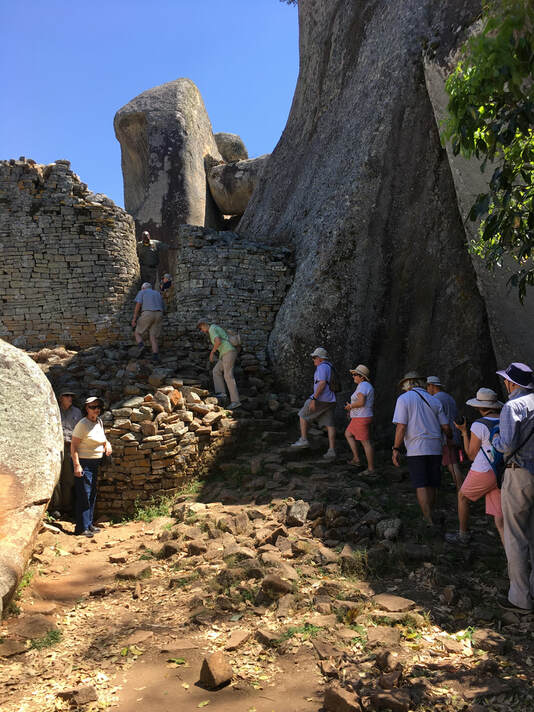
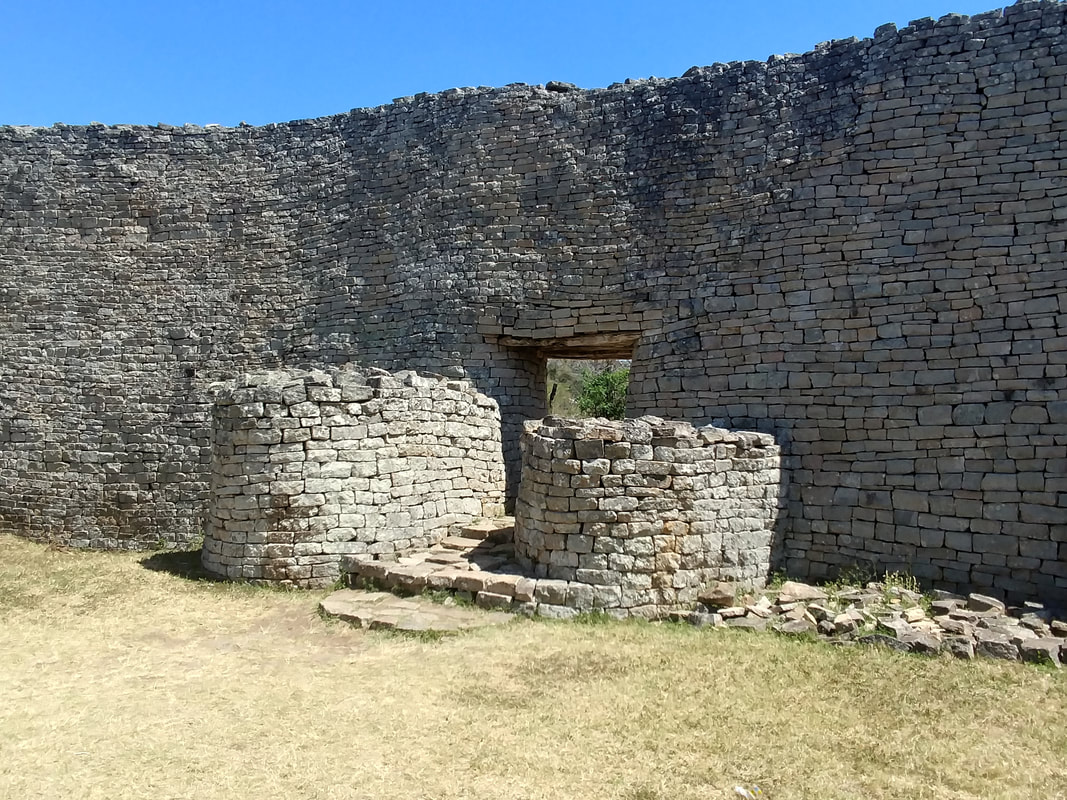
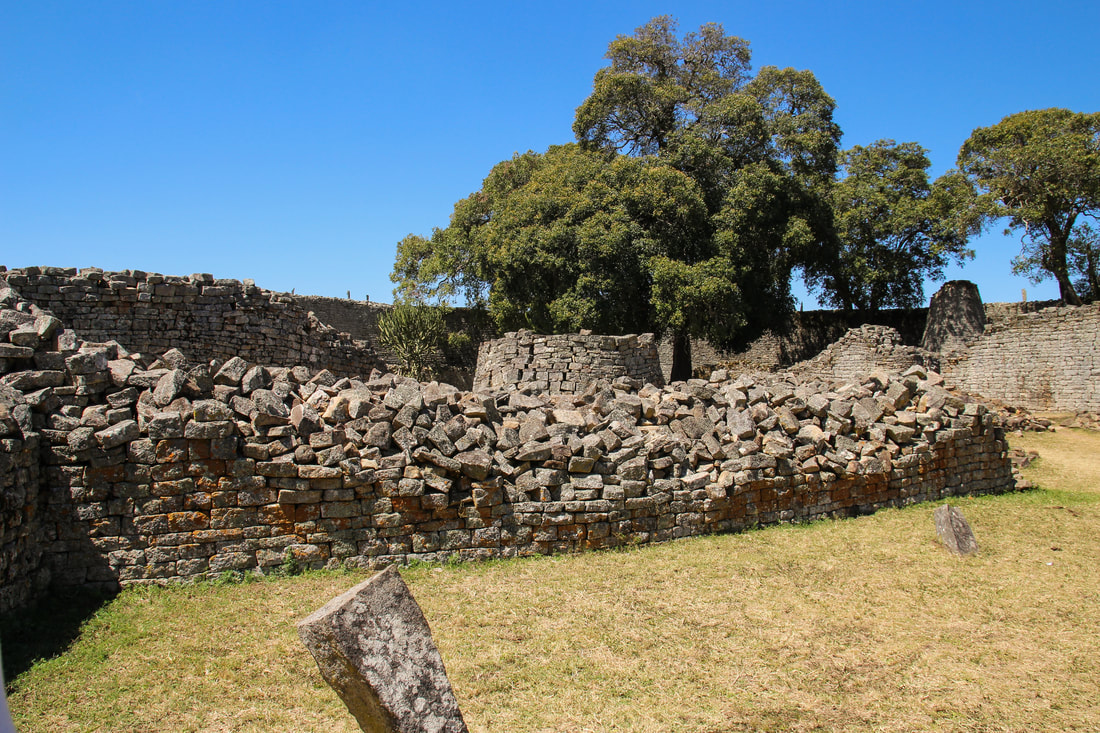
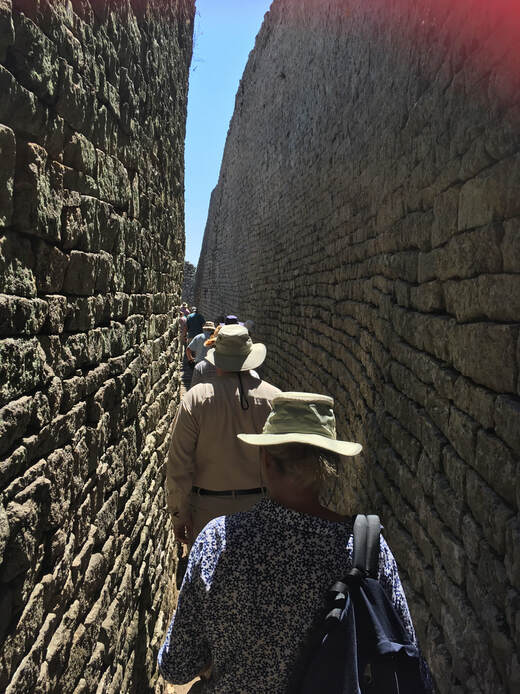
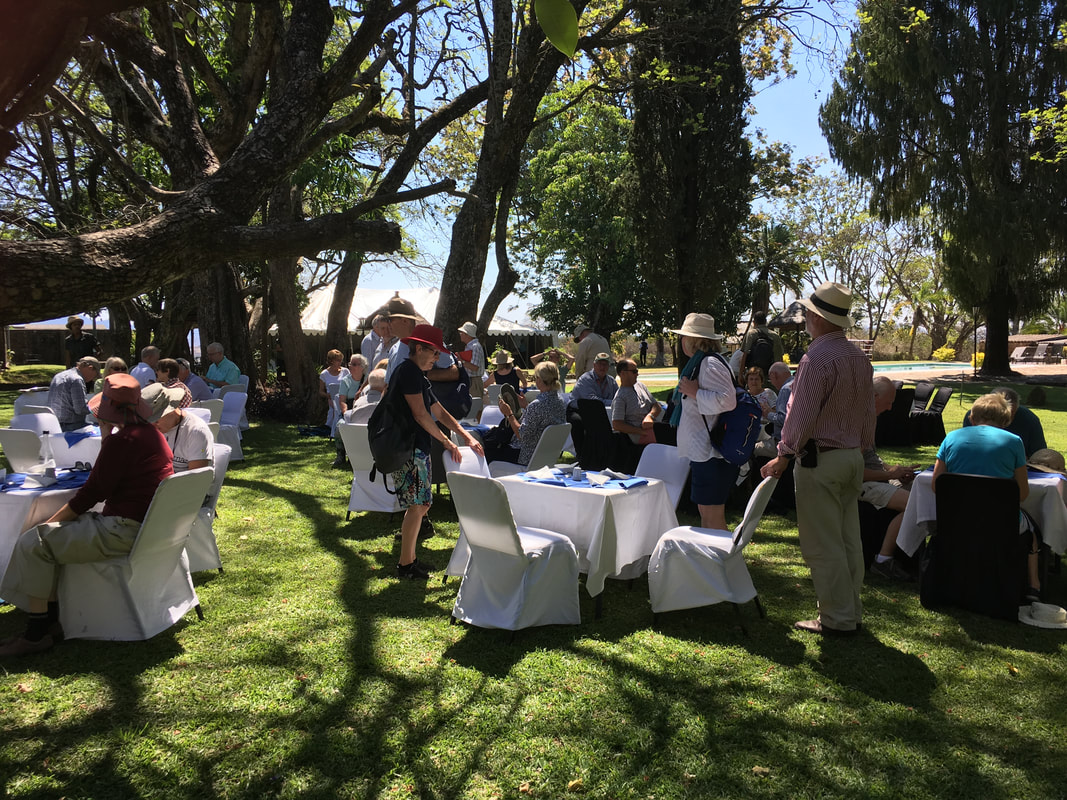
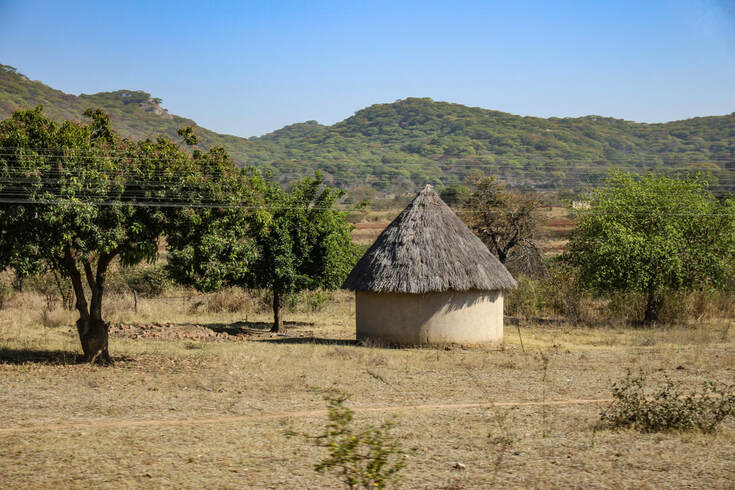
 RSS Feed
RSS Feed